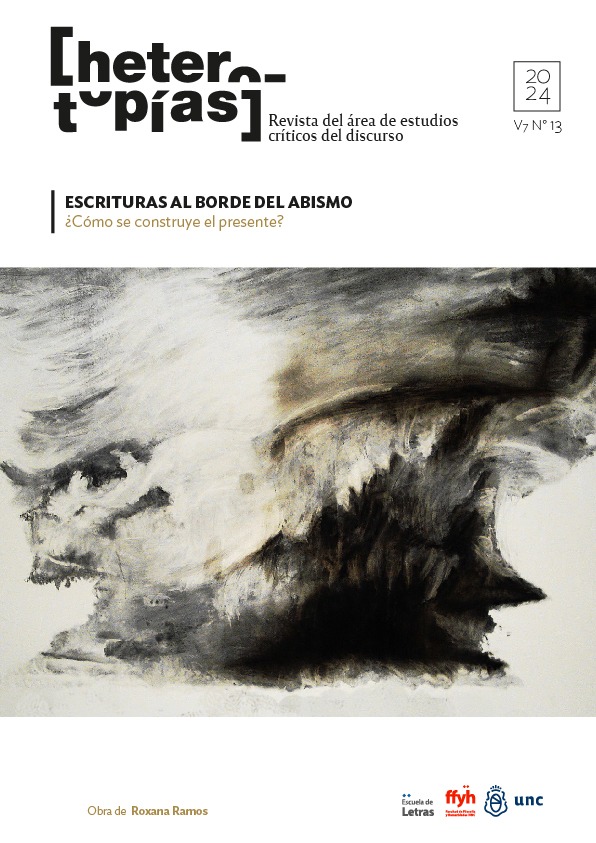GENOCIDE (S)
Main Article Content
Abstract
At the end of the 1930s, the English mathematician Alan Turing managed to decipher the codes with which the Nazis communicated. In this way, the Allies had information not only on the military operations planned by the Third Reich, but also on the policy of dealing with the enemies of the State: Jews, Gypsies, homosexuals, Jehovah's Witnesses and the handicapped.
Downloads
Article Details

This work is licensed under a Creative Commons Attribution-NonCommercial-ShareAlike 4.0 International License.
Those authors who have publications with this journal, accept the following terms: Those authors who have publications with this journal, accept the following terms:
a. The authors will keep their copyright and guarantee to the journal the right of first publication of their work, which will be simultaneously subject to the Creative Commons Attribution - Non-Commercial - Share Alike (by-nc-sa) Attribution License; no commercial use of the original work or any derivative works is allowed, the distribution of which must be done with a license equal to the one that regulates the original work.
b. Authors may adopt other non-exclusive license agreements for the distribution of the published version of the work (e.g., deposit it in an institutional telematic archive or publish it in a monographic volume) provided that the initial publication in this journal is indicated.
c. Authors are allowed and recommended to disseminate their work through the Internet (e.g. in institutional telematic archives or on their website) before and during the submission process, which may lead to interesting exchanges and increase the number of citations of the published work. (See The effect of open access).
How to Cite
References
Bleichmar, Silvia (2009). La subjetividad en riesgo. Buenos Aires: Editorial Topia.
Convención para la Prevención y la Sanción del Delito de Genocidio. (1948). Asamblea General de la Organización de las Naciones Unidas. https://tinyurl.com/bd3uszjk
Brecht, Bertolt (1986). Entre los Poetas míos. Colección Antológica de poesía social. Vol. 4. Biblioteca Virtual Omegalfa.
Feierstein, D. (2016).Introducción a los Estudios de Genocidio. Buenos Aires: Fondo de Cultura Económica y Universidad Nacional de Tres de Febrero.
Lemkin, R. (2008). El Dominio del Eje en la Europa ocupada. Introducción a los Estudios de Genocidio.Buenos Aires: Prometeo Libros y Universidad Nacional de Tres de Febrero.
Lemkin, R. (2018). Totalmente extraoficial. Autobiografía de RaphelLemkin. Madrid: BergInstitute.
Lemkin, R. (2023). Genocidio. (Pensamientos en Rima)[Traducción de Julián Axat]. Valparaíso: Ediciones Askasis.
Ley 947 de 1878. Línea de frontera contra los indios sobre la margen izquierda de los ríos Negro y Neuquén. 5 de octubre de 1878. R. N. 1878/31, p. 57.
Un proceso histórico. Absolución al ejecutor del Genocida Turco TalaatPashá. (2012). Ediar. Buenos Aires.
Ratier, H. (1971). El cabecita negra. Buenos Aires: Centro Editor de América Latina.
